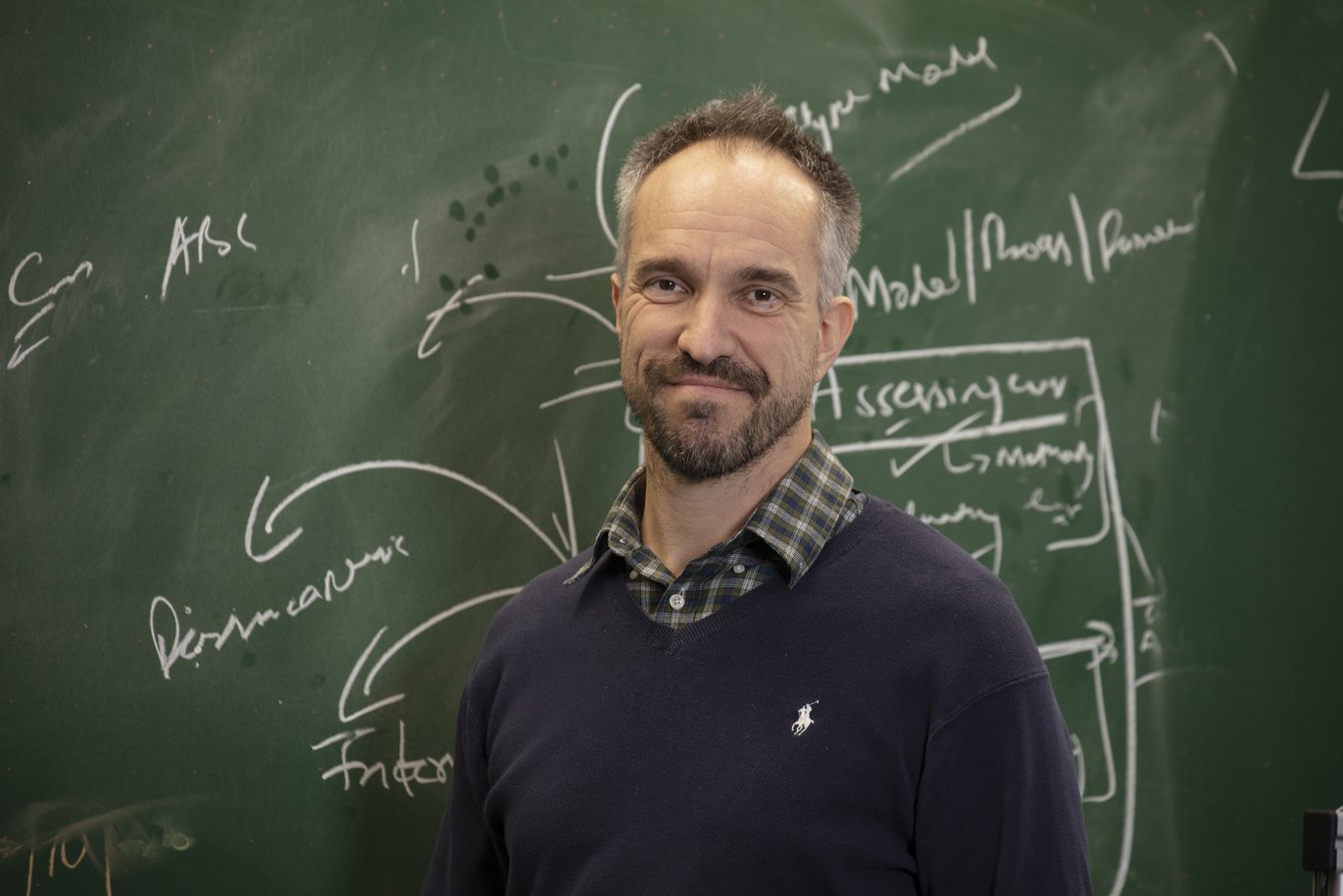Set aside the academic silos: Dynamic collaboration creates an industry breakthrough
Blockchain is more than just a trendy term. It serves as the foundation for a unique collaboration between researchers, students and industry at AU Herning. The UnWind project is led by professor René Goduscheit.

The Department of Business Development and Technology (AU Herning) has a clear goal: to identify external challenges and work on how to translate research into business.
The UnWind project, which has received a lot of attention from the industry, uses blockchain technology to document all relevant information about each individual wind turbine component. And there are a lot of them; the project will improve quality assurance for all 10,000 components that comprise a modern wind turbine. Blockchain has never been used in the wind turbine industry, and the positive results of UnWind may have far-reaching implications in the future.
According to professor René Goduscheit, the wind turbine industry has extremely complex supply chains, and digital dialogue can result in significant streamlining.
“The fewer manual processes there are, the cheaper and more efficient it is. Our research has shown that a blockchain solution can be used to document the lifetime, materials, and other information about each individual bolt. Thousands of these bolts are used, and blockchain can help with both servicing defective parts and separating components when the end-of-life turbine must be dismantled,” he says.
Adding value through research
The UnWind project is non-commercial in principle, but it has been carried out in close collaboration with the Danish Industry Foundation and industry titans such as Vestas, Siemens Gamesa, and the German research institute Fraunhofer.
AU Herning contributes programming and hardware expertise, and there is also a partnership with APQP4Wind and collaboration with Green Power Denmark.
“The principle underlying this type of green efficiency development is that the competitors are the fossil industry. All wind industry companies are working together to reap the benefits of a project like UnWind,” René Goduscheit explains.
“At AU Herning, we work to create value, and we are far from the silo mentality that can sometimes characterise parts of the academic environment. Our research and teaching
activities should help with everything from concept development to market testing, marketing, establishing value chains, and providing support through IT and digitisation. We work as a team, and research is carried out concurrently with and in parallel with our interactions with business enterprises.”
A small but significant step in the right direction
The UnWind project was linked to a PhD project, and the two projects exchanged ideas – a typical way of doing things at AU Herning.
“The PhD student is now on their way to industry to add value. The same is true for the affiliated Master’s degree students. One of the most important goals of AU Herning is to train business engineers, IT specialists, and business professionals who will directly impact the business community,” says René Goduscheit.
While UnWind has been a success and has highlighted a significant opportunity, the project has yet to address concrete challenges. The bolts that were blockchain-documented are
among the most basic components of a wind turbine.
“Blockchain solutions for the other components are the next step, and they are enormously more complicated,” says René Goduscheit with a smile.